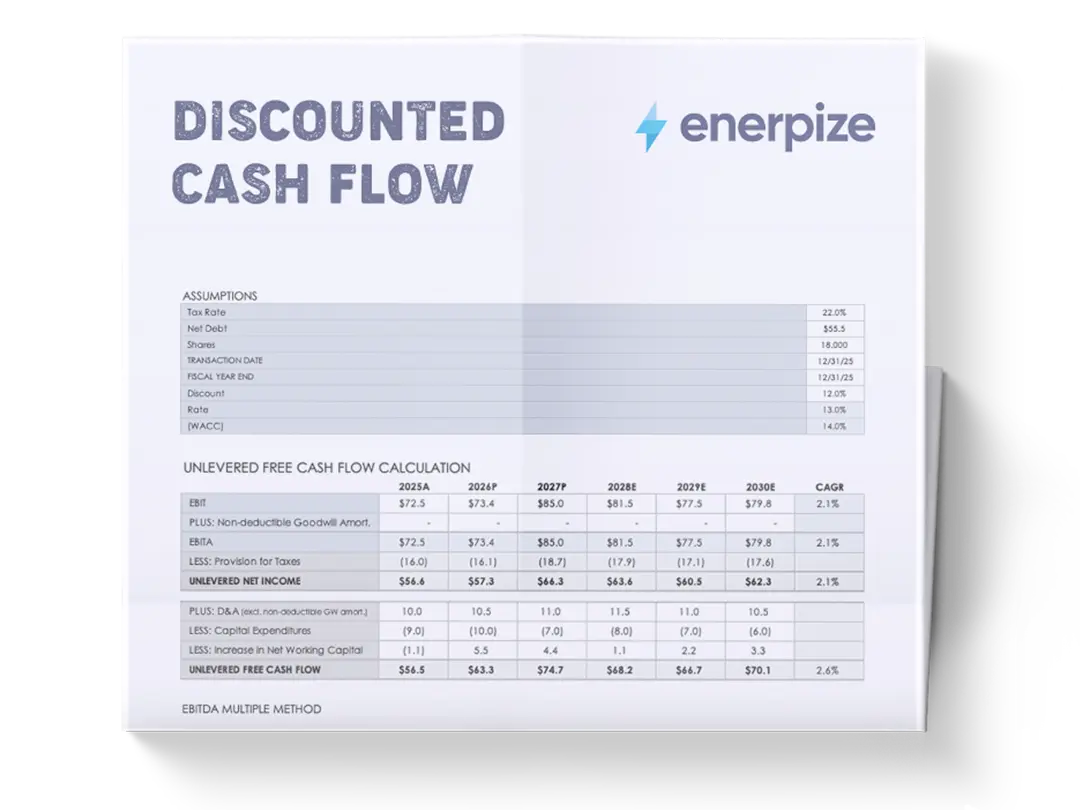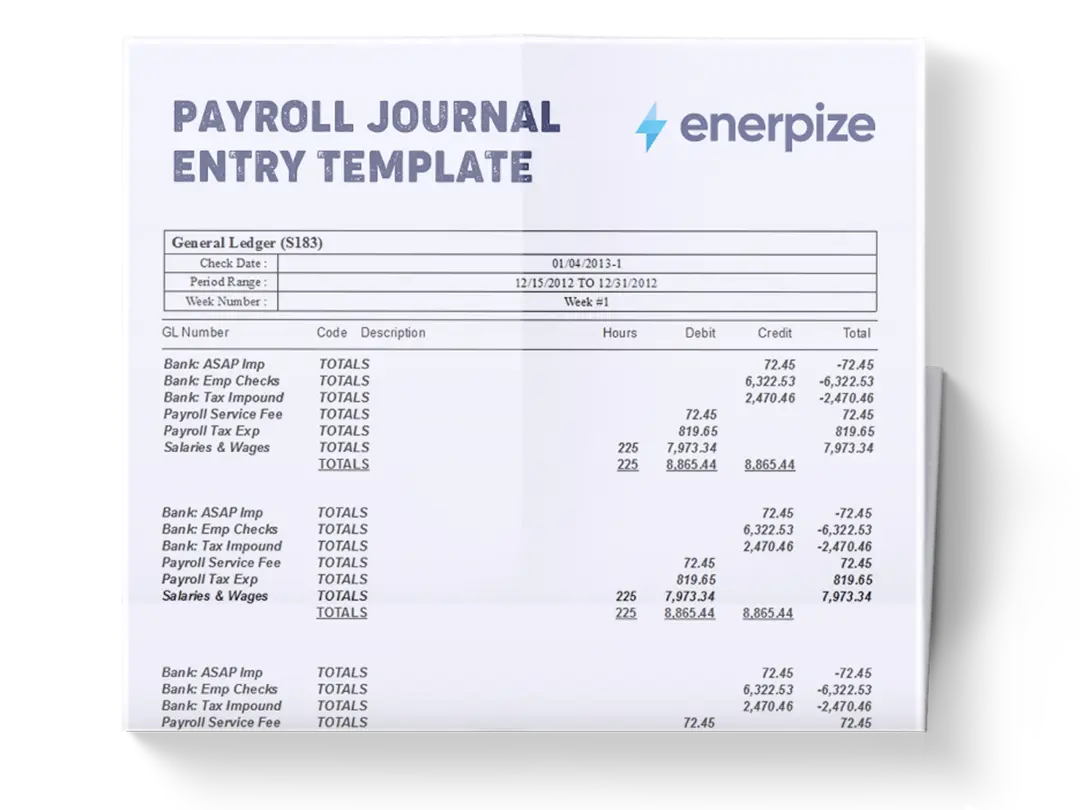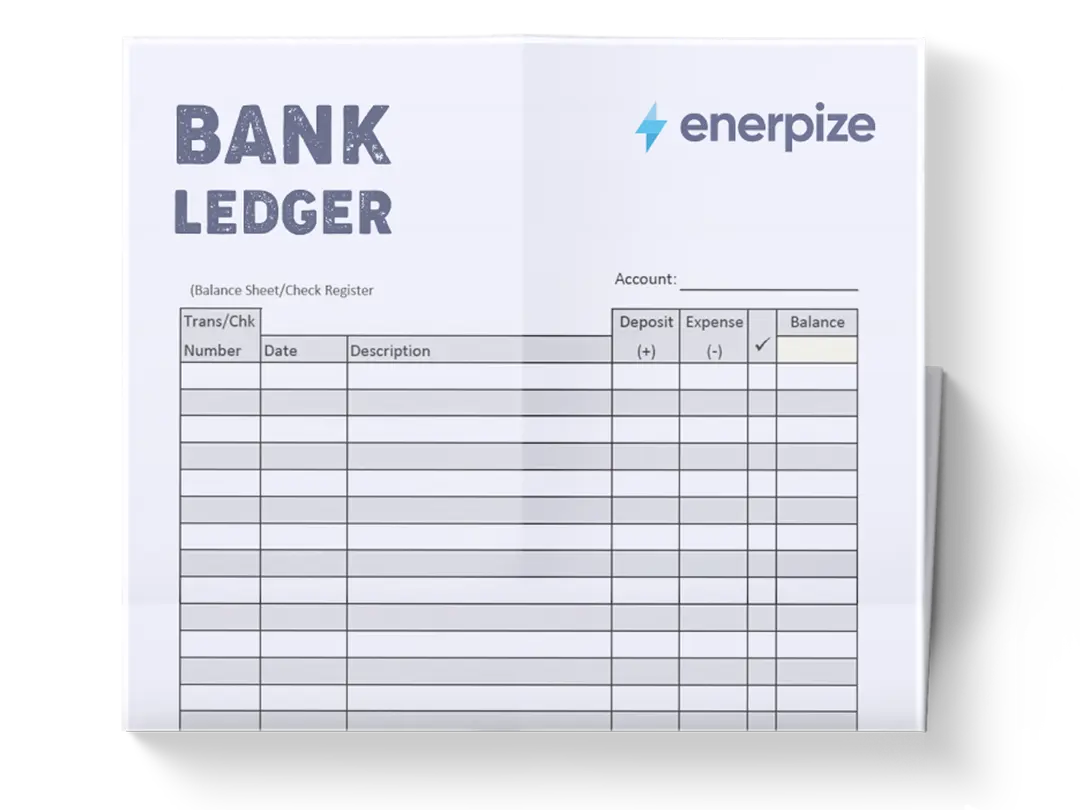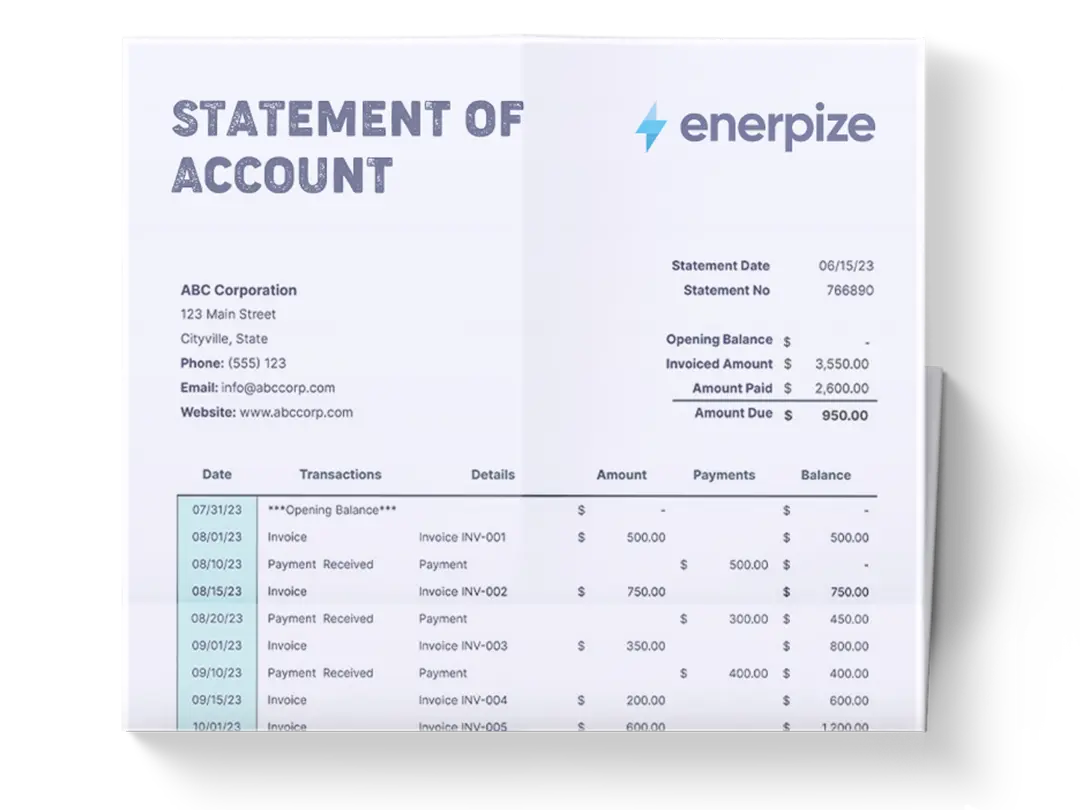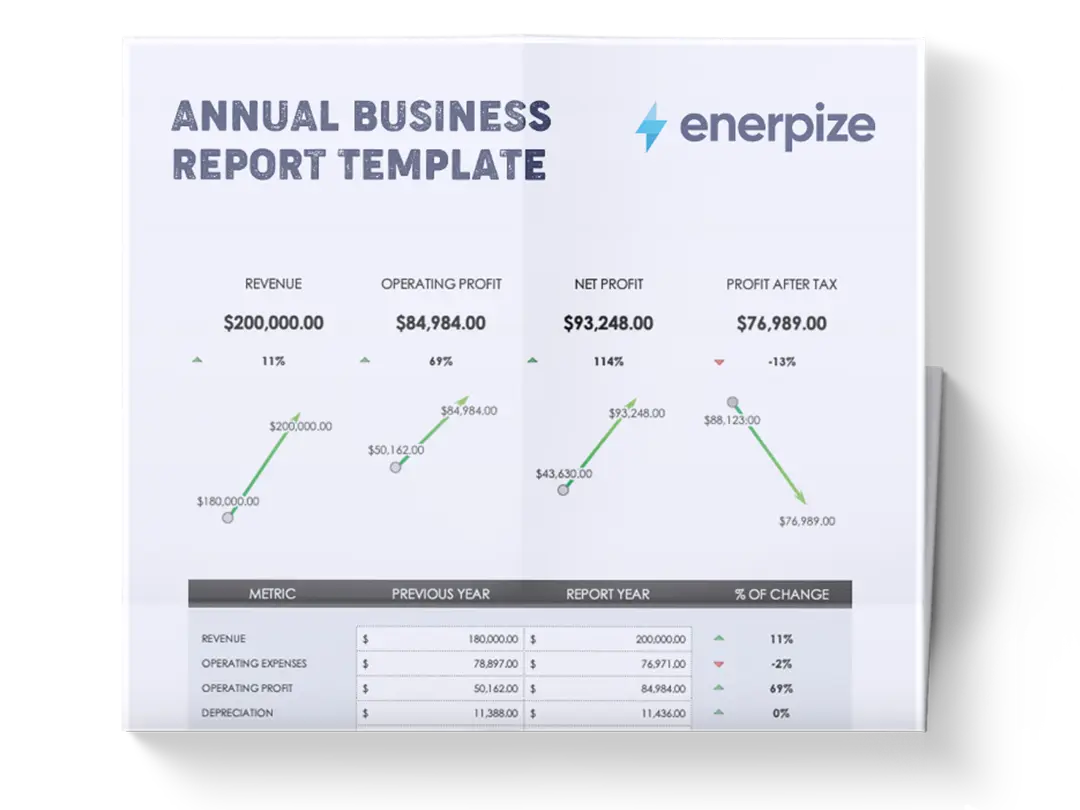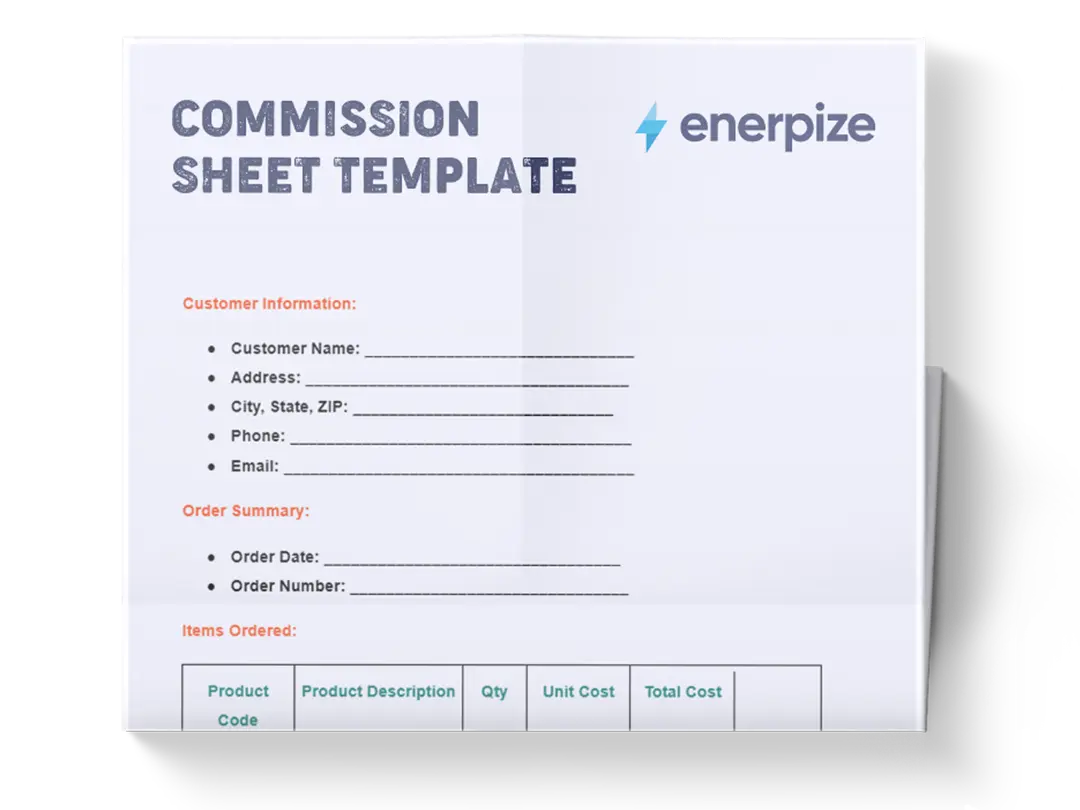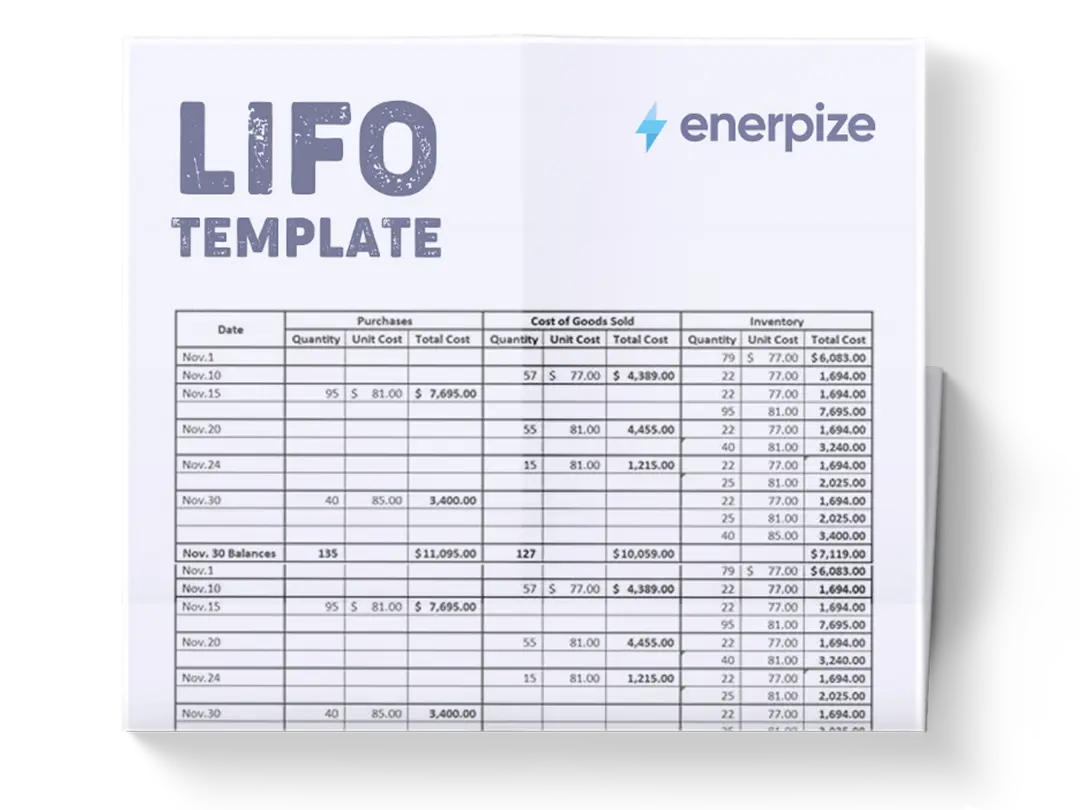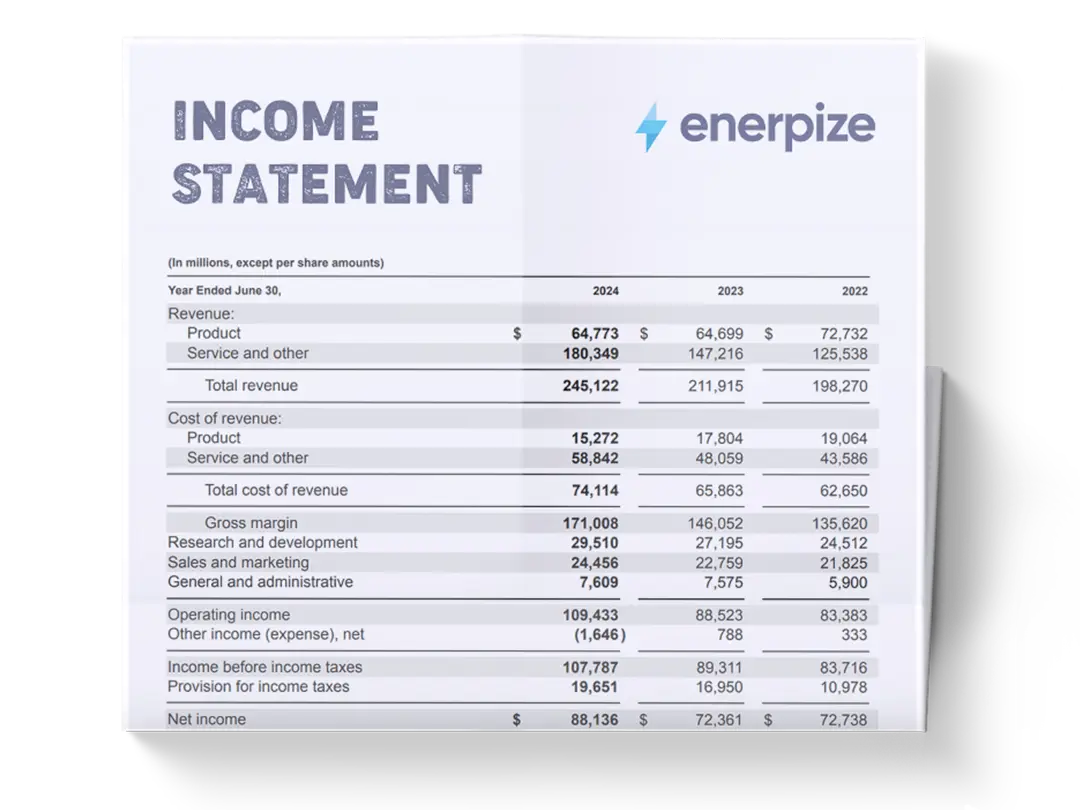Posted on 12 June 2025
Pay Stub Template Excel & Google Sheets
- The paystub template is available in Excel and Google Sheets.
- It breaks down gross pay, deductions, and net pay with precision, helping you communicate transparently with employees.
- Serves as both a payment record and a compliance tool for audits, benefits tracking, and tax filings.
- Includes detailed breakdowns of allowances, additional payments, deductions, and time-off balances to ensure full visibility.
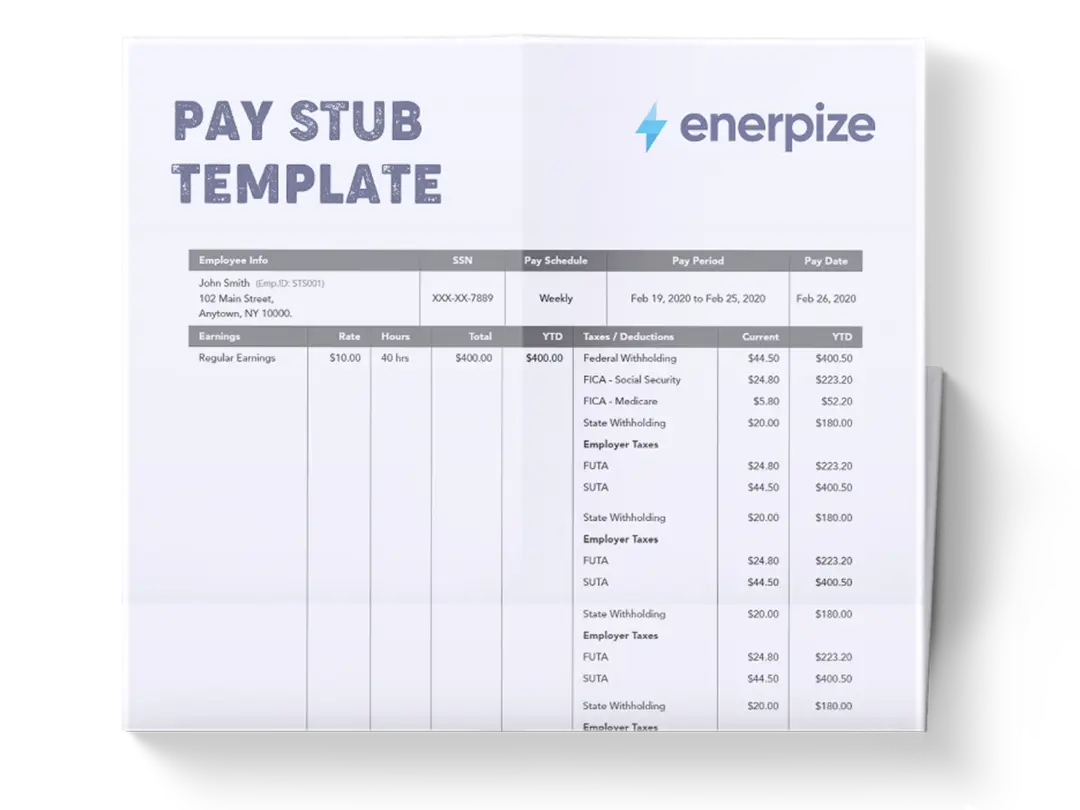
What is The Paystub Template?
A Pay Stub Template is used to generate pay stubs for employees, whether they’re paid via paper checks or direct deposit. Also referred to as a pay slip, earnings statement, or wage statement, it provides a detailed breakdown of an employee’s earnings, deductions, and net pay for a specific pay period. This includes gross wages, taxes withheld, benefit contributions, and year-to-date totals. While federal law doesn’t require pay stubs, many states in the USA mandate them either in printed or digital form.
Regardless of the format, paystubs play a crucial role in ensuring payroll transparency, facilitating dispute resolution, supporting tax preparation, and maintaining overall record-keeping. They serve as both proof of income for the employee and legal protection for the employer. Templates streamline the creation process by providing a consistent and accurate framework to ensure compliance and clarity, which are essential in any modern payroll operation.
What Does a Pay Stub Template Contain?
1- Business and Employee Details
- Business Name, Contact Information: This anchors the stub to your company, especially helpful when sharing with external parties or during audits.
- Employee Name and Status: Lists the payee’s full name and tax filing status (e.g., Single, Married, Head of Household), which directly affects tax withholdings.
- Payment Date & Method: Indicates the specific pay date (e.g., biweekly, monthly) and how the payment was issued (e.g., direct deposit, check). This ensures a clear transaction trail.
- Allowances & Adjustments: Includes any applicable allowances (like tax exemptions) and additional earnings inputs—either as fixed amounts or percentages.
2- Pay Rate and Additional Pay Fields
- Standard Pay Rate: Define the hourly, salaried, or contract-based rate.
- Additional Pay: Capture bonuses, overtime, or any one-off compensations. You can categorize these for reporting (e.g., “Holiday Bonus” or “Overtime Pay”).
- Other Fields: Add miscellaneous earnings that don’t fit standard categories, such as commissions or reimbursements.
3- Deductions Section
- Federal Income Tax Withheld
- Medicare Tax Withheld
- Other Deductions: Include retirement contributions (e.g., 401k), insurance premiums, wage garnishments, or union dues.
All deduction fields are separated to reflect legal categories, making quarterly reporting or W-2 preparation straightforward.
4- Year-To-Date Totals
These cumulative figures are essential for both employer and employee tracking:
- YTD Regular Pay / Additional Pay / Deductions: These fields reflect the total earnings and deductions for the current calendar year, helping employees understand their income over time and prepare for annual filings.
5- Time Off Balances
Often overlooked in basic stub formats, this template includes:
- Vacation Days: Tracks accrued and used vacation time.
- Sick Leave and Personal Days: Keep tabs on short-term illness and personal leave balances.
- Medical Leave: For longer absences or FMLA-related tracking.
These fields help HR and management ensure PTO policies are followed and fairly administered.
6- Summary Section
At the bottom of the template:
- Total Gross Pay: The Sum of all earned income before taxes or deductions.
- Total Deductions: All withholdings and subtractions from gross pay.
- Total Net Pay: The final take-home amount—the number employees care about most.
- Notes Section: A flexible area to add clarifications, one-off payment notes (e.g., "COVID Bonus"), or adjustments that aren’t standard.
How to Use the Payroll Stub Template
1- Gather Your Payroll Data
Before filling in the template, collect:
- Time logs, timesheets, or work hours (for hourly employees).
- Salary information, employment agreements, and any bonus approvals.
- Current tax withholding details, including updated W-4 forms.
- Benefit enrollments (retirement, health insurance, etc.).
Organize your data by pay period to ensure consistency.
2- Enter Company and Employee Details
Start by filling in the header fields:
- Business Info: Include full name, address, and contact.
- Recipient Info: Input employee’s name and current tax status.
- Pay Date & Method: Use standard date formatting and specify how the employee is paid.
Tip: Be consistent in naming conventions and formats—this helps when sorting records later.
3- Set Base Pay and Any Additional Earnings
- Enter Pay Rate: Input the employee’s hourly or salary rate.
- Add Additional Pay: Include overtime, commissions, tips, or bonuses. Separate into labeled fields for clarity.
- Input Other Income: Use “Other” fields for one-off earnings. Label clearly to avoid confusion during reviews.
Pro Tip: Avoid lumping all extra earnings under “Other”—specificity improves both clarity and compliance.
4- Calculate and Enter Deductions
- Use current IRS withholding tables or payroll software to calculate accurate deductions.
- Federal Income Tax: Based on pay frequency and withholding info.
- Medicare Tax: Typically 1.45% of gross pay.
- Other Deductions: Include anything from health insurance to retirement contributions. If using a flat deduction (e.g., $100 for insurance), enter it as-is. If percentage-based, calculate manually.
Be sure to update deduction formulas regularly to reflect policy or regulation changes.
5- Input Time-Off Balances
- Track Accruals: Record how much vacation, sick leave, or other time-off the employee has earned and used.
- Update Every Pay Cycle: Keep this section current to avoid disputes and support HR planning.
This is especially important for compliance with local labor laws and for transparent communication with employees.
6- Review and Confirm Totals
Before finalizing the stub:
- Check Totals: Make sure Gross Pay = Net Pay + Deductions.
- Review Year-To-Date Columns: Confirm that YTD earnings and deductions match historical stubs.
- Use the Notes Section: Clarify any unusual entries or one-time payments.
Double-check that the Net Pay value matches what you’re sending to the employee.
7- Save, Share, and Secure
- Store Digitally: Keep a backup digital version for each pay period.
- Print or Email Securely: Provide the stub to your employee in a secure manner (PDF via email or printed hard copy).
- Integrate with Payroll Software (if applicable): Use the stub as a manual supplement or to cross-check automated payroll systems.
8- Use for Reporting, Auditing, and Tax Prep
This template isn’t just a receipt—it’s a record:
- End-of-Year Reporting: Supports W-2, W-3, and 1099 prep.
- Audits and Disputes: Provides proof of payment, deduction compliance, and PTO tracking.
- Employee Verification: Helps during background checks or mortgage/loan applications.
9- Final Tip:
Always keep at least three years of pay stub records on file per federal recommendations, and longer if your state laws require it.
Related Templates:
Importance of Paystub Template
Saves Time and Resources
Instead of building pay stubs manually for every payroll cycle, it offers a ready-to-use structure that automates key elements. This minimizes time spent on administrative tasks and frees staff to focus on strategic initiatives and revenue-driving activities.
Ensures Legal Compliance
Pay Stub Templates help businesses meet federal and state regulations around wage reporting and record-keeping. By standardizing how pay information is reported, you reduce the risk of costly errors or legal penalties.
Improves Accuracy in Payroll
Ensure that calculations for taxes, deductions, and net pay are consistently correct, reducing the margin for error and ensuring employees are paid accurately every cycle.
Enhances Transparency with Employees
Detailed and standardized pay stubs improve employer-employee trust. Employees can see how their compensation is calculated, what deductions were made, and how much they’re taking home, helping to prevent misunderstandings.
Customizable for Business Needs
Templates can be adapted to include business logos, industry-specific deductions, or additional information relevant to your organization. This flexibility supports both compliance and branding efforts.
Drives Payroll Productivity
Streamlined templates reduce manual input, lower error rates, and improve turnaround time for processing payroll, making the entire payroll function more efficient and scalable.
Who Can Use the Paycheck Template?
Small Business Owners
Offers a practical solution without the overhead of hiring full-time HR or investing in enterprise-level software. They provide a reliable way to produce accurate pay stubs and stay compliant with labor laws.
Freelancers and Independent Contractors
They can use payroll stub templates to document their earnings for loans, leases, or tax filing. It creates a professional record of income, even without a formal employer.
Startups and Growing Teams
For businesses scaling rapidly, templates help maintain consistency and accuracy across multiple hires, ensuring every employee receives a compliant, easy-to-understand pay stub.
Accountants
Financial professionals handling payroll for multiple clients can use templates to standardize documentation, reduce errors, and provide consistent reporting across accounts.







